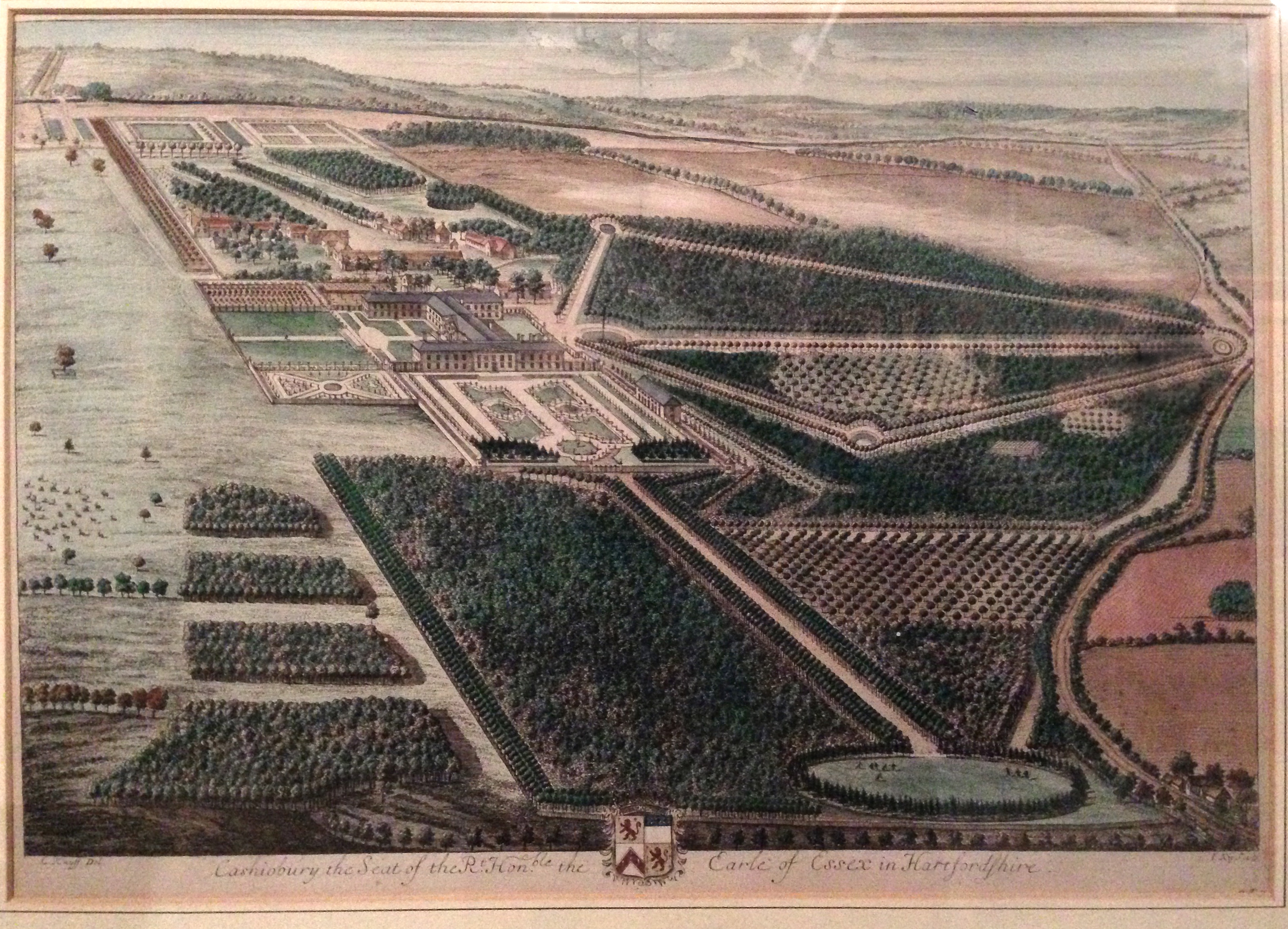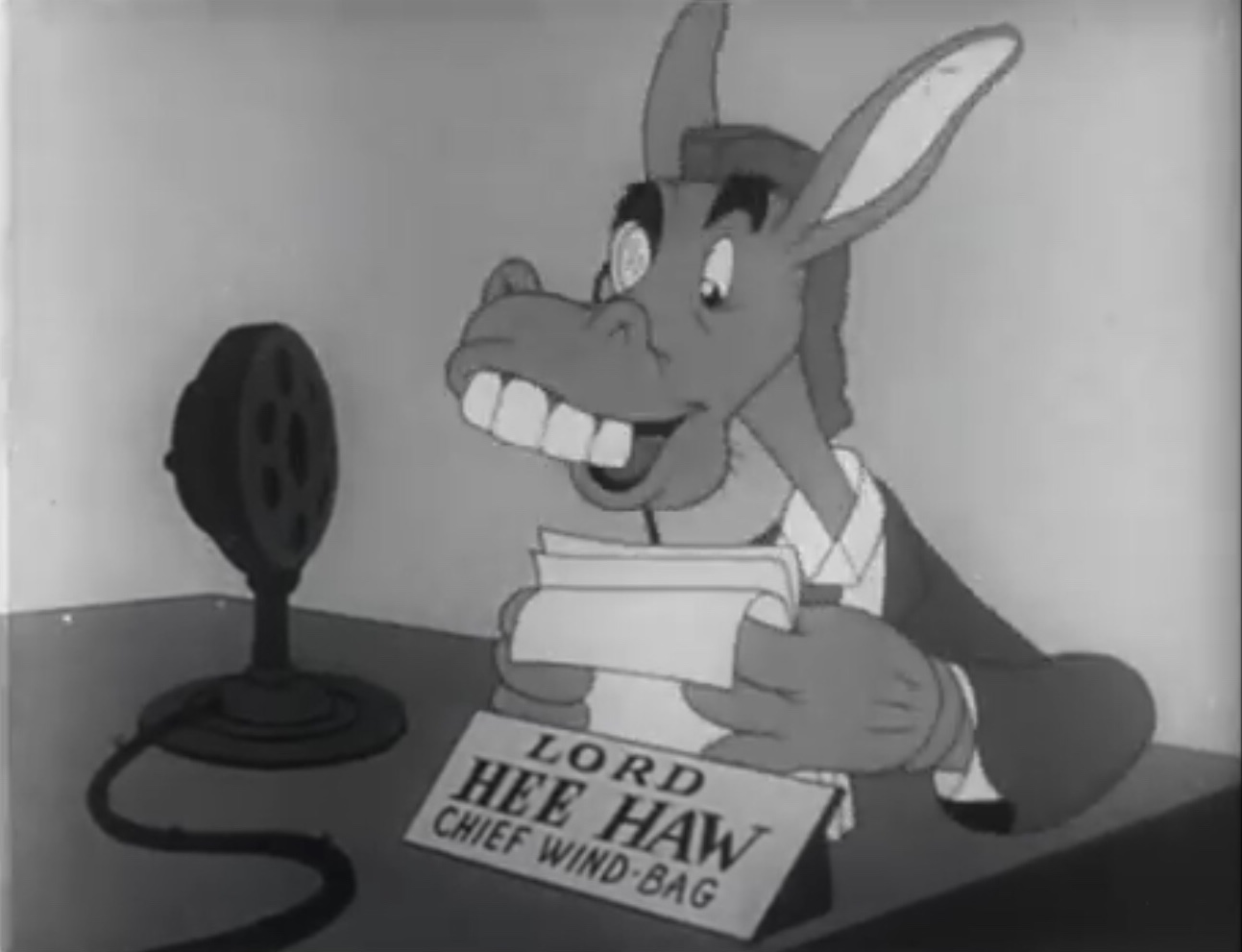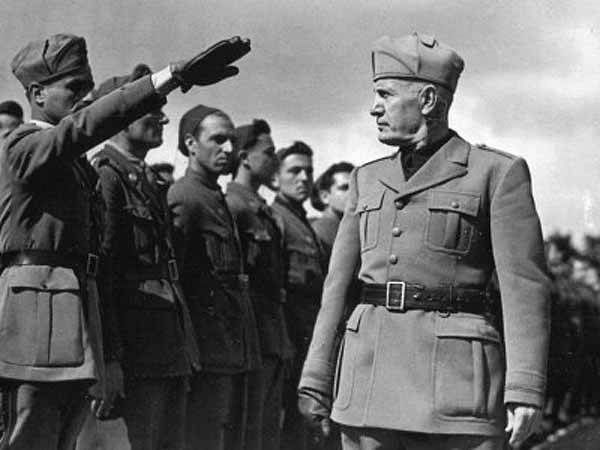|
Watford Town Hall
Watford Town Hall is a municipal building in Rickmansworth Road, Watford, England. It is a Grade II listed building. History In the early 20th century Watford Urban District Council operated from municipal offices at Upton House in The Parade. The council sought a proper town hall after it achieved municipal borough status in 1922. The site proposed for the new building in Rickmansworth Road had previously been occupied by an old mansion known as "The Elms". The foundation stone for the new building was laid by Rigby Taylor, the Mayor, in 1938. The new building, which was designed by Charles Cowles-Voysey in the Neo-Georgian style, was completed in 1939. It was officially opened by the Countess of Clarendon on 5 January 1940. The design involved a concave main frontage of seven bays facing Rickmansworth Road from which wings stretched back to the south west and north west; the central section featured a doorway with a wide cast iron balcony and a shield above; there was a cloc ... [...More Info...] [...Related Items...] OR: [Wikipedia] [Google] [Baidu] [Amazon] |
Watford
Watford () is a town and non-metropolitan district with Borough status in the United Kingdom, borough status in Hertfordshire, England, northwest of Central London, on the banks of the River Colne, Hertfordshire, River Colne. Initially a small market town, the Grand Junction Canal encouraged the construction of paper-making mills, print works, and brewery, breweries. While industry has declined in Watford, its location near London and transport links have attracted several companies to site their headquarters in the town. Cassiobury Park is a public park that was once the manor estate of the Earls of Essex. The town developed next to the River Colne on land belonging to St Albans Abbey. In the 12th century, a charter was granted allowing a market, and the building of St Mary's Church, Watford, St Mary's Church began. The town grew partly due to travellers going to Berkhamsted Castle and the royal palace at Kings Langley. A mansion was built at Cassiobury House, Cassiobury in t ... [...More Info...] [...Related Items...] OR: [Wikipedia] [Google] [Baidu] [Amazon] |
William Joyce
William Brooke Joyce (24 April 1906 – 3 January 1946), nicknamed Lord Haw-Haw, was an American-born Fascism, fascist and Propaganda of Nazi Germany, Nazi propaganda broadcaster during the World War II, Second World War. After moving from New York to Ireland and subsequently to England, Joyce became a member of Oswald Mosley's British Union of Fascists (BUF) from 1932, before finally moving to Germany at the outset of the war where he took Nazi Germany, Nazi German citizenship in 1940. After his capture, Joyce, who had been issued a British passport when he lived in England after misstating his nationality, was convicted in the United Kingdom of High treason in the United Kingdom, high treason in 1945 and Capital punishment, sentenced to death. The Court of Appeal of England and Wales, Court of Appeal and the Judicial functions of the House of Lords, House of Lords both upheld his conviction. He was hanged in HM Prison Wandsworth, Wandsworth Prison by Albert Pierrepoint on ... [...More Info...] [...Related Items...] OR: [Wikipedia] [Google] [Baidu] [Amazon] |
City And Town Halls In Hertfordshire
A city is a human settlement of a substantial size. The term "city" has different meanings around the world and in some places the settlement can be very small. Even where the term is limited to larger settlements, there is no universally agreed definition of the lower boundary for their size. In a narrower sense, a city can be defined as a permanent and Urban density, densely populated place with administratively defined boundaries whose members work primarily on non-agricultural tasks. Cities generally have extensive systems for housing, transportation, sanitation, Public utilities, utilities, land use, Manufacturing, production of goods, and communication. Their density facilitates interaction between people, government organisations, government organizations, and businesses, sometimes benefiting different parties in the process, such as improving the efficiency of goods and service distribution. Historically, city dwellers have been a small proportion of humanity overall, bu ... [...More Info...] [...Related Items...] OR: [Wikipedia] [Google] [Baidu] [Amazon] |
Peace Memorial Hospital
The Peace Hospice is a health facility caring for people with a life-limiting or terminal illness, which is funded by public donations, situated on Rickmansworth Road, Watford, Hertfordshire. It is a locally listed building. History The facility has its origins in the Watford and District Peace Memorial Hospital which was commissioned to commemorate the lives of local people who died in the First World War. The foundation stone was laid by the Countess of Clarendon in July 1923. The building was designed by Wallace Marchment in the Neo-Classical style and was opened by Princess Mary in June 1925. The Watford Peace Memorial was erected outside the hospital in 1928. It joined the National Health Service as the Watford Peace Memorial Hospital in 1948 and became the Peace Memorial Wing of Watford General Hospital in 1965. After services transferred to Watford General Hospital Peace Memorial Wing closed in 1985. Following the refurbishment of the main administration block of the o ... [...More Info...] [...Related Items...] OR: [Wikipedia] [Google] [Baidu] [Amazon] |
Watford Peace Memorial
Watford Peace Memorial is a war memorial now located outside the Town Hall in Watford, Hertfordshire, England. It comprises three bronze sculptures of nude males on a white Portland stone base. The sculptor was Mary Pownall Bromet, a student of Auguste Rodin: it is her only war memorial, and a rare example of a war memorial by a woman. It is also an unusual example of a war memorial that incorporates nude sculptures. The memorial was originally constructed outside the Peace Memorial Hospital in Watford, now the Peace Hospice, which was initially funded by public subscription to commemorate the dead of the First World War. The bronze sculptures are based on plaster figures which Bromet had donated to the hospital. The three figures represent, left: "To The Fallen", a seated man grieving; centre, "Victory", a man standing with right arm raised; and right, "To The Wounded", a seated man. The bronzes were cast at the Morris Singer foundry, and the memorial was unveiled by Georg ... [...More Info...] [...Related Items...] OR: [Wikipedia] [Google] [Baidu] [Amazon] |
Watford Borough Council
Watford Borough Council is the local authority for the Watford non-metropolitan district in the south-west of Hertfordshire, England. The council is based in the Town Hall on Hempstead Road. The council comprises 36 councillors plus a directly-elected mayor. History Watford's first elected council was a local board established in 1850, prior to which the town had been administered by the parish vestries. Such local boards were converted into urban district councils in 1894. Watford Urban District was granted borough status in 1922, allowing the chair of the council to take the title of mayor. The Local Government Act 1972 reconstituted Watford as a non-metropolitan district with effect from 1 April 1974; it kept the same boundaries and its borough status, but there were changes to the council's responsibilities. Responsibilities Hertfordshire has a two-tier structure of local government, with the ten district councils (including Watford Borough Council) providing district-level ... [...More Info...] [...Related Items...] OR: [Wikipedia] [Google] [Baidu] [Amazon] |
Propaganda In Nazi Germany
Propaganda was a tool of the Nazi Party in Germany from its earliest days to the end of the regime in May 1945 at the end of World War II. As the party gained power, the scope and efficacy of its propaganda grew and permeated an increasing amount of space in Germany and, eventually, beyond. Adolf Hitler’s ''Mein Kampf'' (1925) provided the groundwork for the party’s later methodology while the newspapers, the ''Völkischer Beobachter'' and later ''Der Angriff'', served as the early practical foundations for later propaganda during the party’s formative years. These were later followed by many media types including books, posters, magazines, photos, art, films, and radio broadcasts which took increasingly prominent roles as the party gained more power. These efforts promulgated Nazi ideology throughout German society. Such ideology included promotion of Nazi policies and values at home, worldview beyond their borders, antisemitism, vilification of non-German peoples and a ... [...More Info...] [...Related Items...] OR: [Wikipedia] [Google] [Baidu] [Amazon] |
Lord Haw-Haw
Lord Haw-Haw was a nickname applied to William Joyce and several other people who broadcast Nazi propaganda to the United Kingdom from Germany during the Second World War. The broadcasts opened with "Germany calling, Germany calling," spoken in an affected upper-class English accent. Through such broadcasts, the Reich Ministry of Public Enlightenment and Propaganda tried to discourage and demoralise allied troops, and the British population. Although the broadcasts were known to be Nazi propaganda, they often offered the only details of Allied troops and air crews caught behind enemy lines. The nickname, coined by a reporter, was applied to other broadcasters of English-language propaganda from Germany, but it is Joyce with whom the name is overwhelmingly identified. Aim of broadcasts The English-language propaganda radio programme ''Germany Calling'' was broadcast to audiences in the United Kingdom on the medium wave station Reichssender Hamburg and by shortwave to the U ... [...More Info...] [...Related Items...] OR: [Wikipedia] [Google] [Baidu] [Amazon] |
World War II
World War II or the Second World War (1 September 1939 – 2 September 1945) was a World war, global conflict between two coalitions: the Allies of World War II, Allies and the Axis powers. World War II by country, Nearly all of the world's countries participated, with many nations mobilising all resources in pursuit of total war. Tanks in World War II, Tanks and Air warfare of World War II, aircraft played major roles, enabling the strategic bombing of cities and delivery of the Atomic bombings of Hiroshima and Nagasaki, first and only nuclear weapons ever used in war. World War II is the List of wars by death toll, deadliest conflict in history, causing World War II casualties, the death of 70 to 85 million people, more than half of whom were civilians. Millions died in genocides, including the Holocaust, and by massacres, starvation, and disease. After the Allied victory, Allied-occupied Germany, Germany, Allied-occupied Austria, Austria, Occupation of Japan, Japan, a ... [...More Info...] [...Related Items...] OR: [Wikipedia] [Google] [Baidu] [Amazon] |
Charles Cowles-Voysey
Charles Cowles-Voysey (24 June 1889 – 10 April 1981) was an English architect. Career Charles Voysey studied at the Architectural Association School and the UCL Bartlett School of Architecture. Between 1909 and 1912 he was articled to Horace Field and assistant to John James Burnet and to Horace Farquharson, before starting his own practice in 1912. John Brandon-Jones worked for Cowles-Voysey, became a partner in the business and finally took over the firm. Voysey's father, the Arts and Crafts movement architect and designer C. F. A. Voysey (1857-1941), was recognized by the seminal '' The Studio'' magazine. In 1912, Charles married Dorothea Denise Cowles (1885-1980) and amended his surname to Cowles-Voysey. Architectural works * White Rock Pavilion (1922), Hastings * Bridgeton Public Halls (1924), Glasgow * Kingsley Hall (1927), London * 1&2 Bunkers Hill, 34-42 Wildwood Road & 19 Wellgarth Road (1929), Hampstead Garden Suburb, London * Chance Wood (1929), Sevenoaks, K ... [...More Info...] [...Related Items...] OR: [Wikipedia] [Google] [Baidu] [Amazon] |
Watford Colosseum
Watford Colosseum is an entertainment venue in Watford, Hertfordshire, England. Established in 1938, as the Assembly Rooms for Watford Town Hall, the complex was extended in 2011 with improvements which included new meeting spaces, a new restaurant and new bar facilities. The venue boasts a pipe organ, designed and built by John Compton, which is particularly highly regarded by The Cinema Organ Society. Performers at the venue have included the soprano Maria Callas in September 1954 and the tenor Luciano Pavarotti in June 1995. The Colosseum has been used to record various film soundtracks and is regularly used to host concerts by the BBC Concert Orchestra, including '' Friday Night is Music Night''. It has also housed performances by performers including The Who, Robbie Williams, and Oasis. The Colosseum is also an important venue for boxing matches with heavyweight boxer Tyson Fury building on his reputation, shortly after turning professional, in 2009. The venue also has se ... [...More Info...] [...Related Items...] OR: [Wikipedia] [Google] [Baidu] [Amazon] |
Roof Lantern
A roof lantern is a Daylighting (architecture), daylighting architectural element. Architectural lanterns are part of a larger roof and provide natural light into the space or room below. In contemporary use it is an architectural skylight structure. A lantern roof will generally mean just the roof of a lantern structure in the West, but has a special meaning in Indian architecture (mostly Buddhist, and stretching into Central Asia and eastern China), where it means a dome-like roof raised by sets of four straight beams placed above each other, "arranged in diminishing squares", and rotated with each set. Normally such a "lantern" is enclosed and provides no light at all. The term ''roof top lantern'' is sometimes used to describe the lamps on roofs of taxis in Japan, designed to reflect the cultural heritage of Japanese people, Japanese paper lanterns. History The glazed lantern was developed during the Middle Ages, one notable medieval example being that atop the 14th-centu ... [...More Info...] [...Related Items...] OR: [Wikipedia] [Google] [Baidu] [Amazon] |






